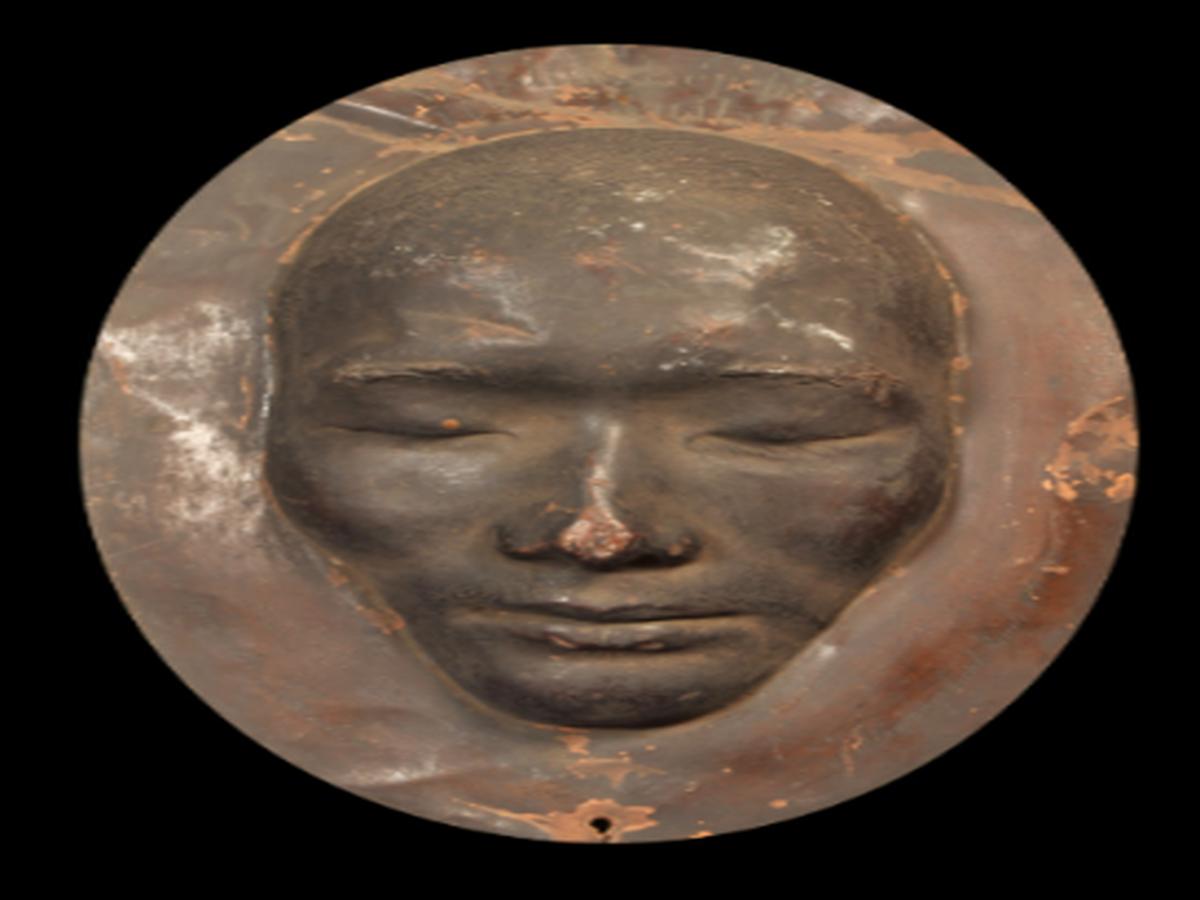State
Tribe Name
Art Type
short description
A rare, oval-shaped metal cast has made a unique face mold that is the face of a man called Manduk, who hails from the Lepcha tribe of Sikkim in the Eastern Himalayas. The Lepchas, also considered as Rongkup (meaning "children of the snowy peaks"), are the aboriginal population of Sikkim, with a few sections found in Darjeeling and Kalimpong. The Lepchas are rich in oral traditions and are firm believers in nature as God's handiwork, and they value their cultural memories apparent in material art, spiritual symbols, and memorabilia such as this mould. This face mould has been entirely created in metal, wherein Manduk's serene expression and facial features have been replicated successfully.
Thumbnail

Filter Postion
Left
Filter Background
Off
Theme
Filter Header Image

content
Image

description
A rare, oval-shaped metal cast has made a unique face mold that is the face of a man called Manduk, who hails from the Lepcha tribe of Sikkim in the Eastern Himalayas. The Lepchas, also considered as Rongkup (meaning "children of the snowy peaks"), are the aboriginal population of Sikkim, with a few sections found in Darjeeling and Kalimpong. The Lepchas are rich in oral traditions and are firm believers in nature as God's handiwork, and they value their cultural memories apparent in material art, spiritual symbols, and memorabilia such as this mould. This face mould has been entirely created in metal, wherein Manduk's serene expression and facial features have been replicated successfully.
The upper part of the mould is him personally engraved with the name "Manduk" as well as his locality in Sikkim. In this way, the object is anchored into both personal and geographical identity. This mould could have been used, for example, in a place of memory, tribute, or honor either to a revered community elder, a spiritual figure, or a local hero, and it may have been kept in sacred spaces or family shrines. For ages, Lepchas have revered their ancestors and spirits through symbolic artifacts. It might extend ancestral veneration in a memory-identity-spirituality material form. Unlike masks meant for performances, this cast is static and solemn, thus signifying a relic rather than religious object. With this, this unique object gives an insight into the distinct cultural practices of the Lepcha community and their methods of safeguarding identity through portraiture.
The upper part of the mould is him personally engraved with the name "Manduk" as well as his locality in Sikkim. In this way, the object is anchored into both personal and geographical identity. This mould could have been used, for example, in a place of memory, tribute, or honor either to a revered community elder, a spiritual figure, or a local hero, and it may have been kept in sacred spaces or family shrines. For ages, Lepchas have revered their ancestors and spirits through symbolic artifacts. It might extend ancestral veneration in a memory-identity-spirituality material form. Unlike masks meant for performances, this cast is static and solemn, thus signifying a relic rather than religious object. With this, this unique object gives an insight into the distinct cultural practices of the Lepcha community and their methods of safeguarding identity through portraiture.
Image Mode
landscape
promoted
On
Verified
Off
